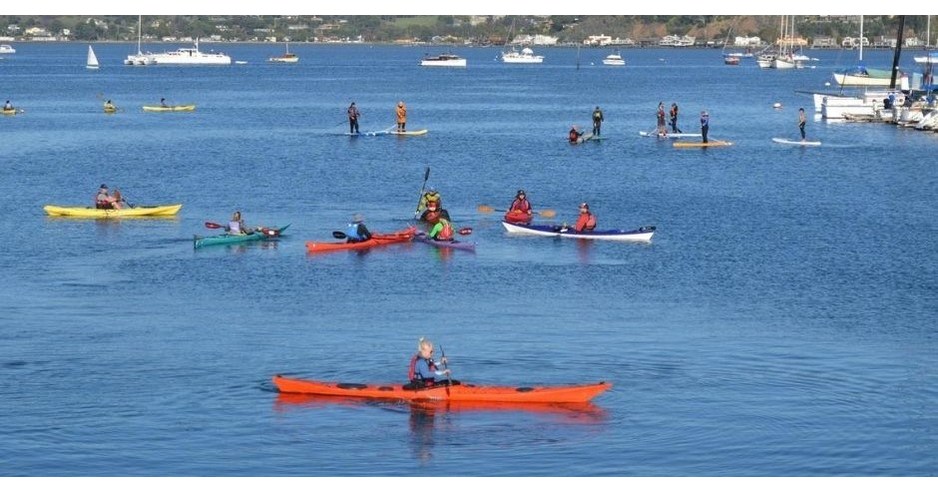
As Record Numbers of Paddlers Take to The Water, Accidents Surge
More than one-third of victims had less than 10 hours experience in paddlesports; experts cited lack of safety training as an important contributing factor
ORLANDO, Fla., April 12, 2022 /PRNewswire/ — A record 37.9 million participants engaged in paddlesports like kayaking, canoeing and stand-up paddleboarding during the pandemic according to the latest data (2020) from the Outdoor Foundation. This pandemic surge brought an estimated 2.5 million new paddlers to American waterways. However, it increased accidents to 331 and fatalities to a record high 202 – accounting for more than 26% of all boating fatalities that same year.
Water Sports Foundation (WSF) Executive Director Jim Emmons said boating in general is still one of the safest forms of recreation, but data from 2020, the most recent year for which complete data is available, indicates most paddlesports deaths occurred due to lack of safety training and experience.
“We know from analyzing U.S. Coast Guard data that in 2020, nearly three-quarters (74.6 percent) of people who died in paddling accidents had less than 100 hours experience in the activity,” Emmons said, “And over one-third (38.8 percent) had less than 10 hours experience.”
Emmons recommended the following safety tips to help paddlers reduce risks:
1. Seek safety training – see the following free or inexpensive safety resources:
2. Wear a life jacket – U.S. Coast Guard data shows 85 percent of all paddlesports drowning victims were not wearing a life jacket.
3. Be prepared to get wet – dress appropriately for the conditions including the possibility of cold water exposure. Compared to other types of boating, in paddlesports you’re far more likely to end up in the water. Or as paddlers say, “We’re all between swims.”
4. Check conditions and weather forecast – always check current weather conditions and the forecast before each paddle trip. Avoid conditions that exceed your experience and skill level. Water current and local winds could make it easy to get out and difficult to get back in.
5. File a float plan – share a simple float plan with friends and family that includes your anticipated departure and return times and locations. Ask them to alert authorities if you are not back on time.
6. Always paddle sober – U.S. Coast Guard data shows alcohol has long been the leading known contributing factor in fatal boating accidents. Safe paddling requires clear thinking and good decision-making. Don’t drink and paddle.
To view the full release including quotes from various boating safety organization leaders including the U.S. Coast Guard and the American Canoe Association please click here.
For an abbreviated listing of boating safety and educational providers, visit the National Boating Safety
Resource Center: Boating Safety Education – Water Sports Foundation
About The Water Sports Foundation
Headquartered in Orlando, Florida, the Water Sports Foundation is the non-profit educational arm of the Water Sports Industry Association (WSIA.net). Since 2011, the WSF has received U.S. Coast Guard boating and paddling safety outreach funding through their non-profit grant program. The Sport Fish Restoration and Boating Trust Fund administered through Congressional action provides funding for the U.S. Coast Guard’s recreational boating safety initiatives. For more information contact the WSF at 407-719-8062 or visit www.watersportsfoundation.com
Media contact:
Joel Staley
[email protected]
407-242-9994
SOURCE Water Sports Foundation






